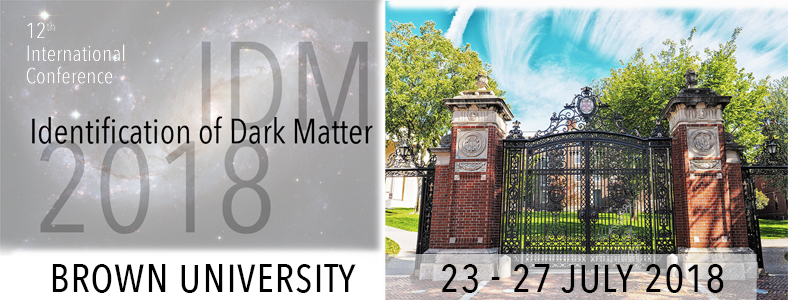Speaker
Description
In this talk, I will use the velocity distribution of accreted stars in SDSS-Gaia DR2 to demonstrate that the local dark matter halo may not be in equilibrium and that a non-trivial fraction is in substructure. Using a mixture likelihood analysis, we identify a young anisotropic population of stars that can be explained as the tidal debris of a disrupted massive satellite on a highly radial orbit, and is consistent with mounting evidence from recent studies. Simulations that track the tidal debris from such mergers find that the dark matter traces the kinematics of its stellar counterpart. If so, our results indicate that the majority of the local dark matter that is sourced by luminous satellites is in kinematic substructure referred to as debris flow. These results challenge the Standard Halo Model, which is highly discrepant with the distribution recovered from the stellar data, and have important ramifications for the interpretation of direct detection experiments.




